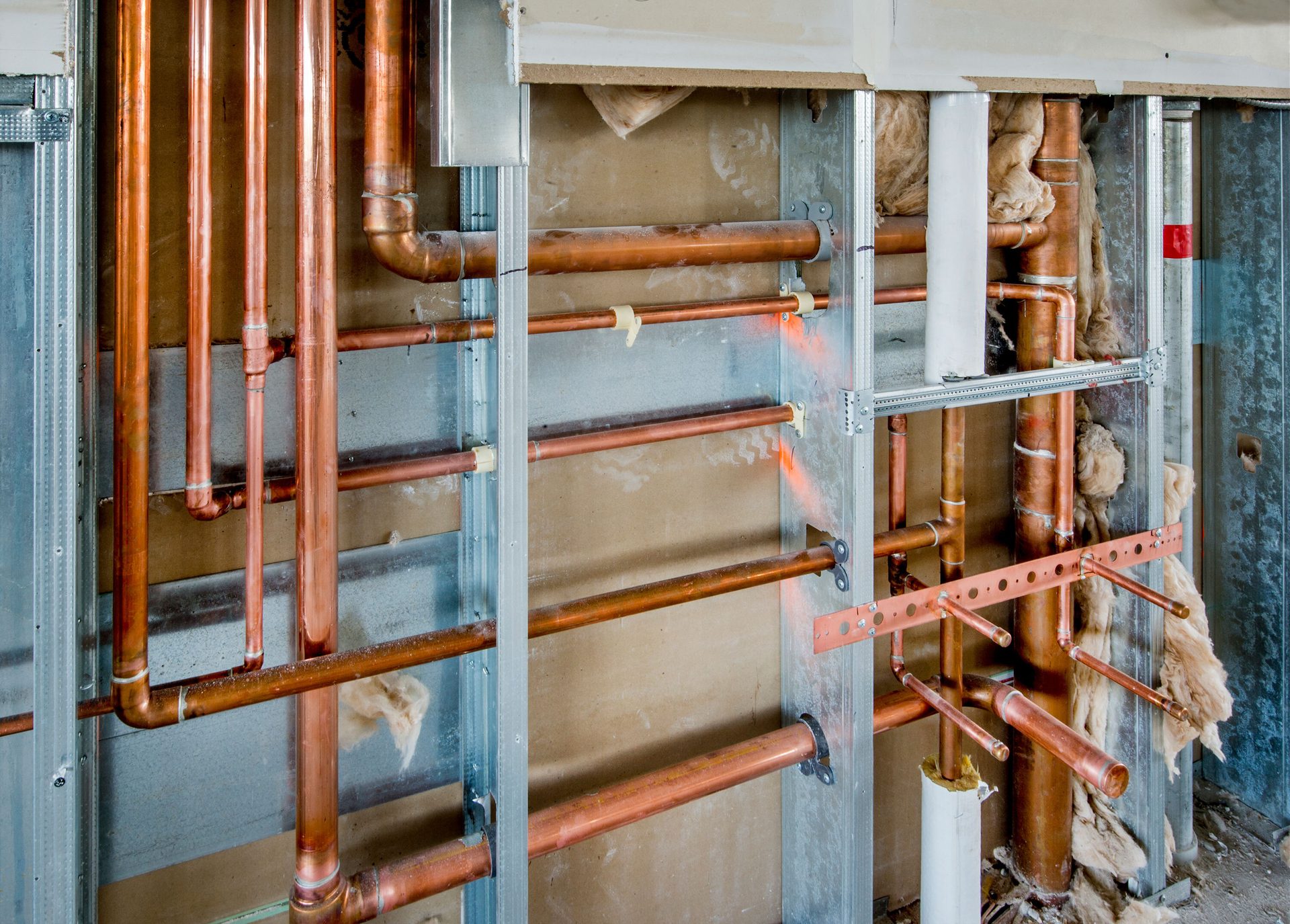FROM THE EDITOR
By Natalie Forster / Chief Editor
New tariffs on copper: What this means for distribution margins
A new 50% tariff on copper products is reshaping supply costs, shrinking distributor margins, and forcing tough pricing decisions.

alacatr / iStock / Getty Images Plus
When the White House announced a new 50% tariff on semi-finished copper products, effective August 1, the stated goal was clear: strengthen national security and bring more copper processing back onshore. The policy targets copper pipes, tubing, and wiring, while leaving raw ores, cathodes, and scrap exempt.
For wholesalers in the plumbing and mechanical supply chain, however, the move raises more questions than it answers—and threatens to compress distribution margins in ways our industry can’t afford to ignore.
The market shock
Copper futures on the U.S. Comex plunged nearly 19% in the immediate aftermath of the announcement, according to Reuters. The exemption of raw materials was a surprise to many who expected the tariff to cover cathodes and concentrates, and the result was a price whipsaw. While some relief may be temporary, wholesalers are already seeing ripple effects in material pricing.
Imports spiked ahead of the August deadline, with refined copper flows tripling from roughly 14,000 tons to 40,000 tons a week as buyers rushed to get ahead of higher costs. This stockpiling may soften the blow in the very short term, but once the inventory buffer is gone, distributors will be looking at steeper replacement costs.
The marginal squeeze
For plumbing wholesalers, the margin conversation is unavoidable. Contractors already feel pressure when copper adds just a few dollars to the cost of a water heater or coil. One industry analyst estimated a $12-per-unit swing on HVAC equipment—seemingly small, but significant when multiplied across thousands of sales.
In plumbing, wholesalers are reporting price hikes of 15–35% across copper, steel, and PVC since the tariff chatter began. Distributors caught between rising supplier invoices and contractors reluctant to absorb increases face an unenviable choice: raise prices and risk losing volume, or protect customer relationships and watch margins evaporate.
The harsh reality is that distribution margins—already paper-thin in many cases—are poised to narrow further.
What wholesaler-distributors can do:
- Review pricing models. Now is the time to revisit markup strategies and consider dynamic pricing where feasible. Passing along 100% of the cost increase may not be possible, but neither is eating the entire impact.
- Use inventory smartly. If you were fortunate enough to stock up before August, you have a short window to leverage competitive pricing—but be careful not to undercut yourself when the next purchase order comes in at tariff-inflated levels.
- Diversify sourcing. Explore alternative suppliers, domestic mills, or even non-copper substitutes where applicable. While these won’t solve the problem overnight, the supply chain will reward creative thinking.
- Communicate proactively. Contractors are already nervous about volatility. Transparent conversations about why prices are moving and how you’re working to manage costs can build trust and loyalty.
The best you can do is prepare for volatility, manage costs with precision, and keep your customer relationships strong. Copper may be at the center of the current storm, but the lesson applies across our supply chain: resilience comes from agility, transparency, and discipline.
The administration has paired tariffs with a mandate that U.S. scrap and intermediate materials increasingly be sold domestically—starting at 25% now and rising to 40% by 2029, as reported by The Wall Street Journal. The intent is to strengthen domestic copper processing capacity, but here’s the catch: the U.S. doesn’t currently have enough smelting and refining infrastructure to handle that material. In other words, the long-term benefits remain uncertain, while the short-term pain is very real.
For wholesalers, this tariff is not just a headline—it’s a daily operational challenge. Costs are rising, margins are tightening, and customers will be looking to their distributors for clarity and solutions.
The best you can do is prepare for volatility, manage costs with precision, and keep your customer relationships strong. Copper may be at the center of the current storm, but the lesson applies across our supply chain: resilience comes from agility, transparency, and discipline.



